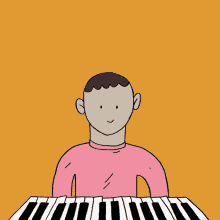Understanding Copyright in US Music Law: Protecting Your Musical Harmony
Copyright in the US plays a crucial role in protecting the original creative expression of music compositions.
It grants exclusive rights to composers and other rightsholders, allowing them to control how their work is used and benefit financially from its exploitation.
What does copyright protect in music?
- The musical composition itself: This includes the melody, harmony, and rhythm, whether written down as sheet music or recorded in audio format.
- Lyrics: If present, the lyrics are also protected as a literary work under copyright.
- Sound recordings: The actual recorded performance of the music is a separate work protected by copyright, distinct from the underlying composition.
What rights does copyright grant?
- Reproduction: The right to make copies of the work, in any format (e.g., sheet music, digital files, recordings).
- Distribution: The right to sell, rent, lend, or distribute copies of the work to the public.
- Public performance: The right to perform the work publicly, live or through broadcast.
- Derivative works: The right to create adaptations or modifications of the work (e.g., remixes, translations).
- Display: The right to display the work publicly (e.g., sheet music in a library).
How long does copyright protection last?
- For works created after January 1, 1978, copyright protection generally lasts for the life of the author plus 70 years.
- For works created before 1978, the duration is more complex and depends on various factors.
Important points to remember:
- Copyright protects the expression, not the underlying idea or concept. Similar-sounding melodies with different arrangements could have separate copyrights.
- Fair use allows limited use of copyrighted material without permission for certain purposes like criticism, education, or parody.
- Copyright registration is not mandatory in the US, but it provides stronger legal protection and makes enforcing your rights easier.
- Split sheets outline ownership and royalty distribution among collaborators like composers, lyricists, and producers.



